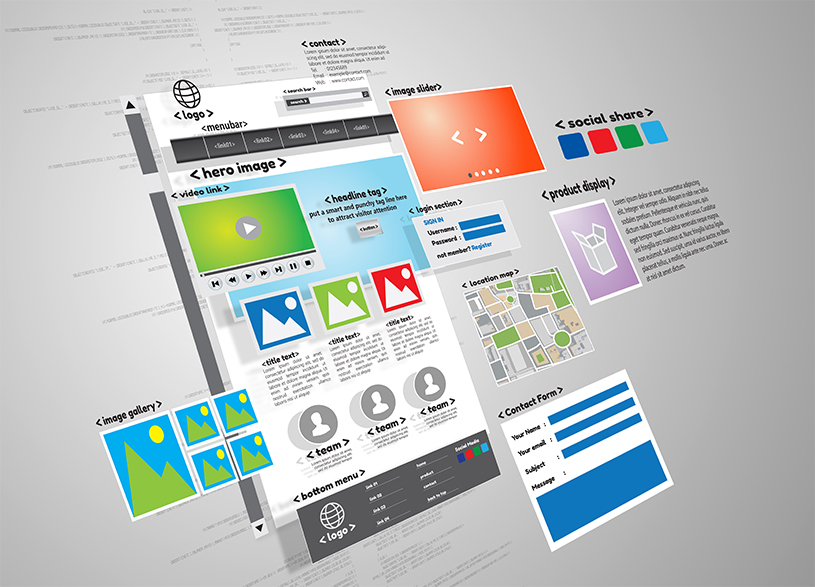Accessibility Tools

Increase Text

Increase Text

Identify Purpose and Goals: Determine the website's purpose and what goals it aims to achieve.
Audience Analysis: Understand who the target audience is.
Content Planning: Decide on the types of content and structure of the website.
Competitor Analysis: Research competitor websites for inspiration and differentiation.
Technical Requirements: Determine the necessary technical specifications (e.g., E-commerce Capabilities, Site Hosting, Your Domain Name, Content Management System (CMS))

Wireframing and Mockups: Create wireframes and mockups to visualize the layout and structure of the website.
Design: Develop the visual style, including color schemes, typography, and graphics.

Copywriting: Write the content for each page, ensuring it's optimized for SEO.
Media Creation: Create or source images, videos, and other multimedia elements.

Front-End Development: Convert the design into code using HTML, CSS, and JavaScript.
Back-End Development: Develop the server-side logic, databases, and any necessary back-end functionality.
CMS Integration: Set up a content management system

Functionality Testing: Ensure all features and functionalities work as intended.
Usability Testing: Test the site with real users to identify any usability issues.
Compatibility Testing: Ensure the site works across different browsers and devices.
Performance Testing: Check the website’s speed and performance.

Final Review: Conduct a final review and get client approval.
Deployment: Deploy the website to the live server.
SEO Setup: Ensure all SEO elements are in place (meta tags, sitemaps, analytics).

Regular Updates: Update content, fix bugs, and improve the website based on user feedback.
Security: Monitor and update security measures to protect against threats.
Performance Monitoring: Continuously monitor the website’s performance and make improvements as needed.
